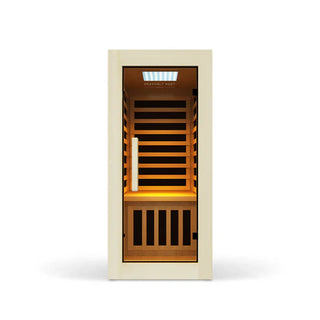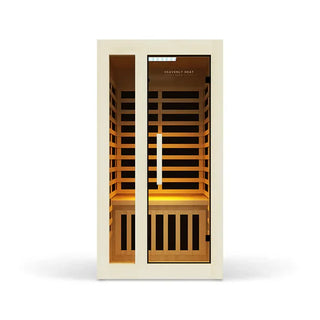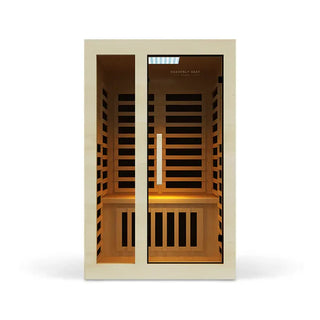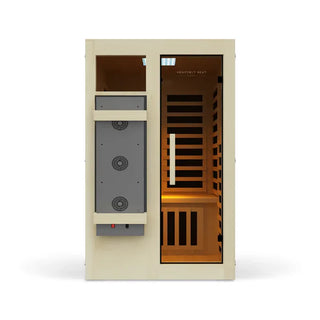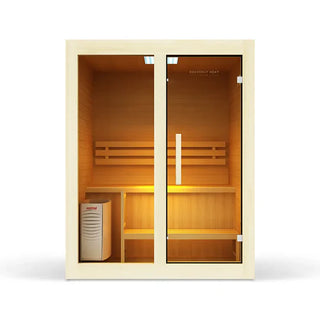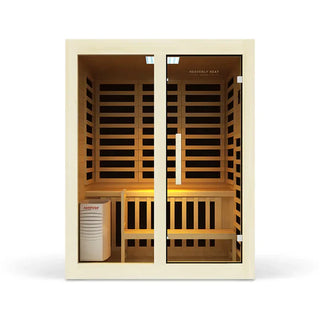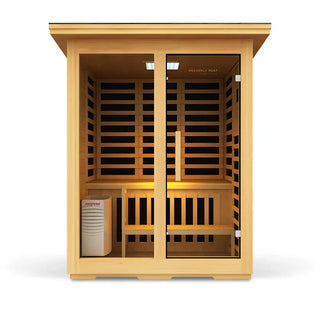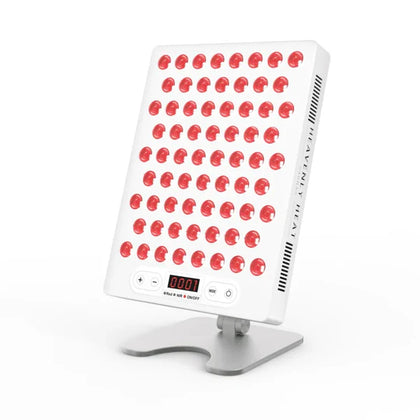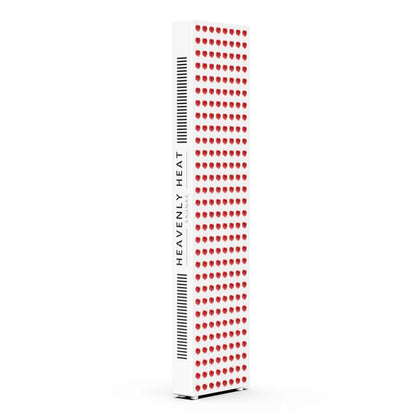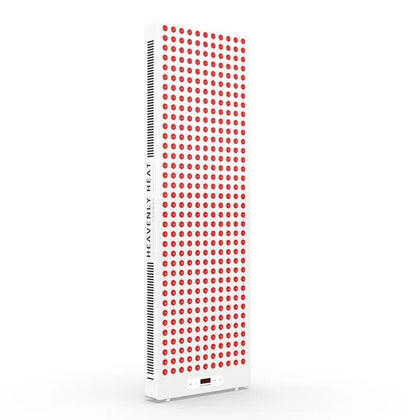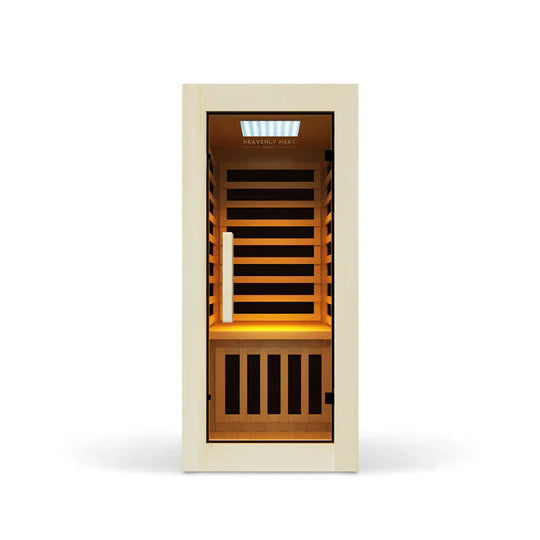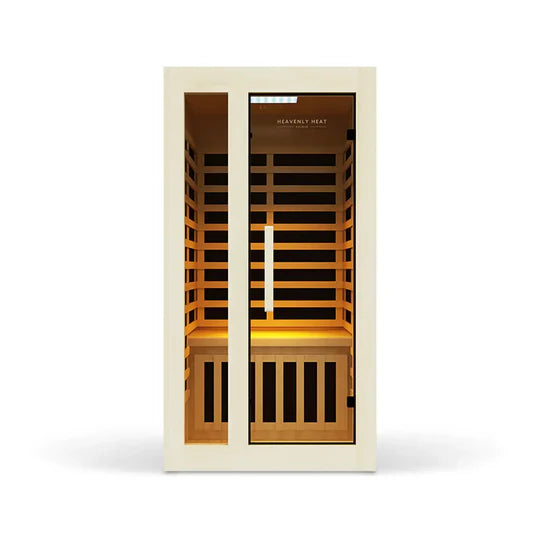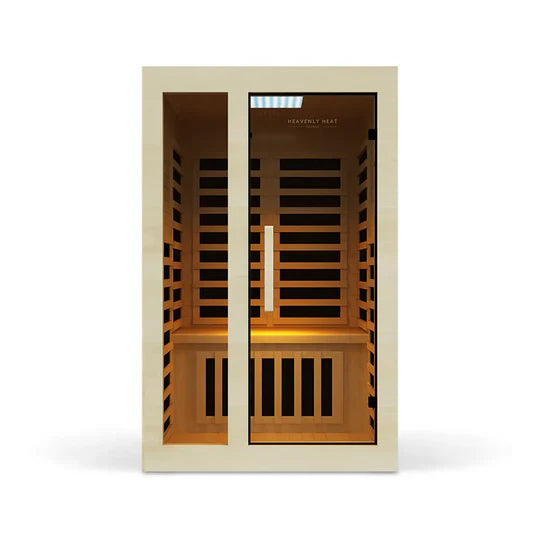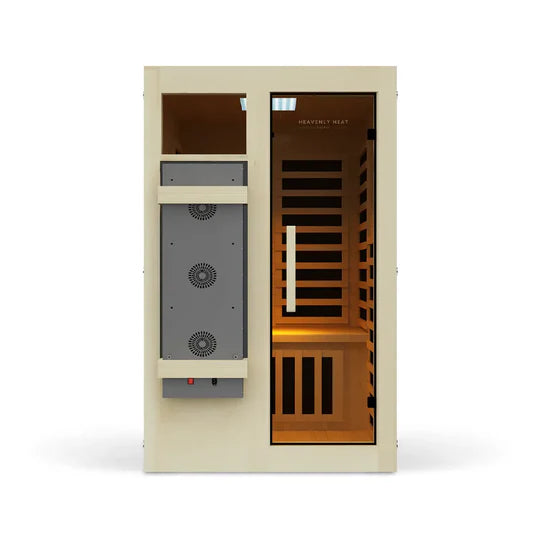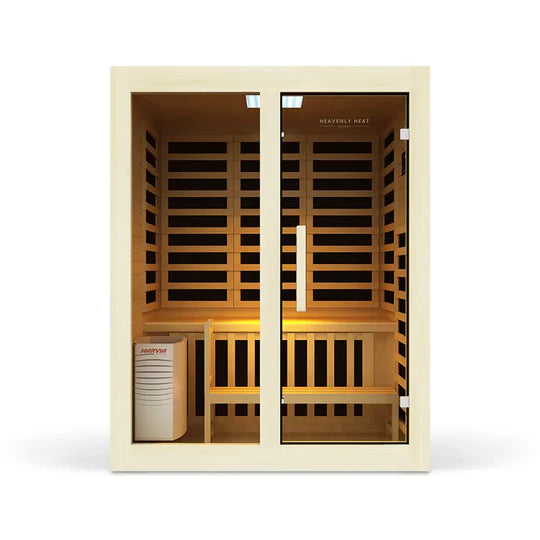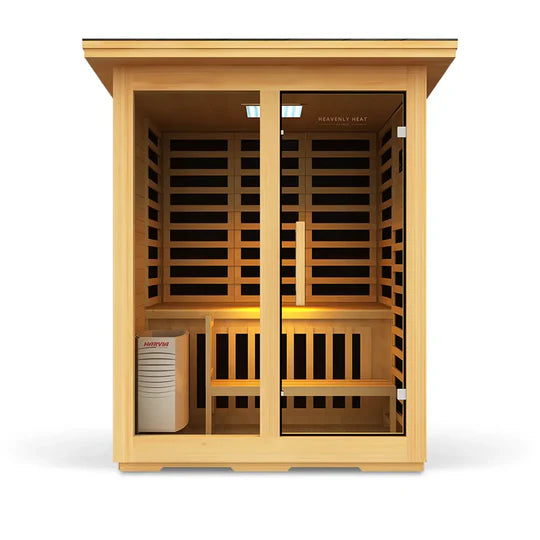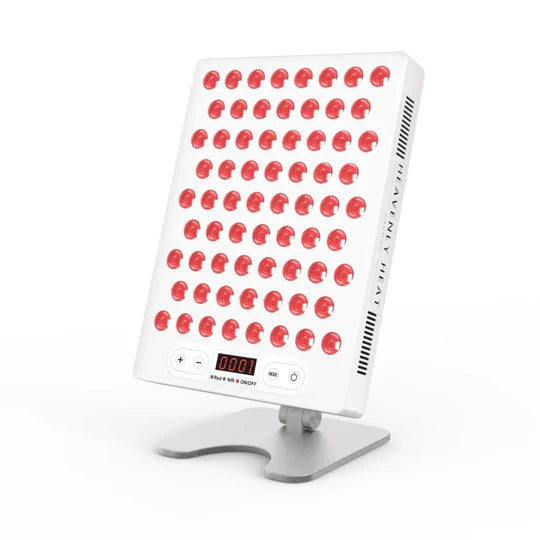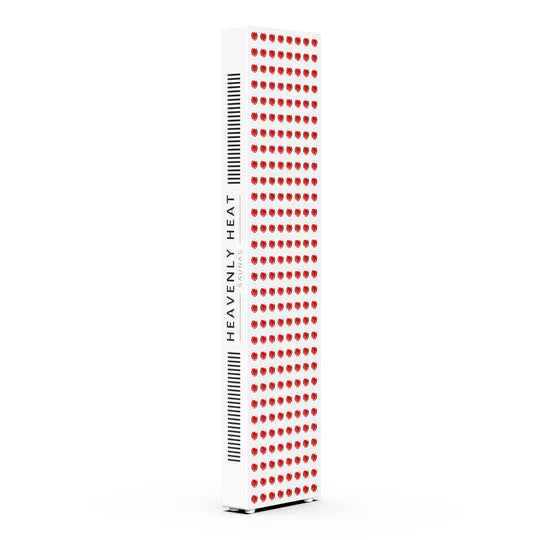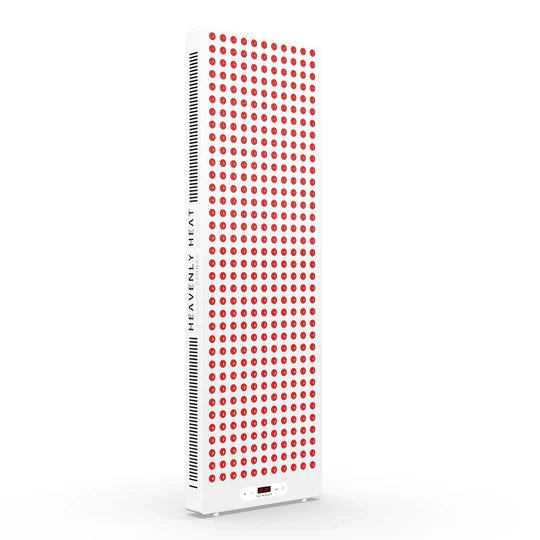Does Red Light Therapy Help Cold Sores?
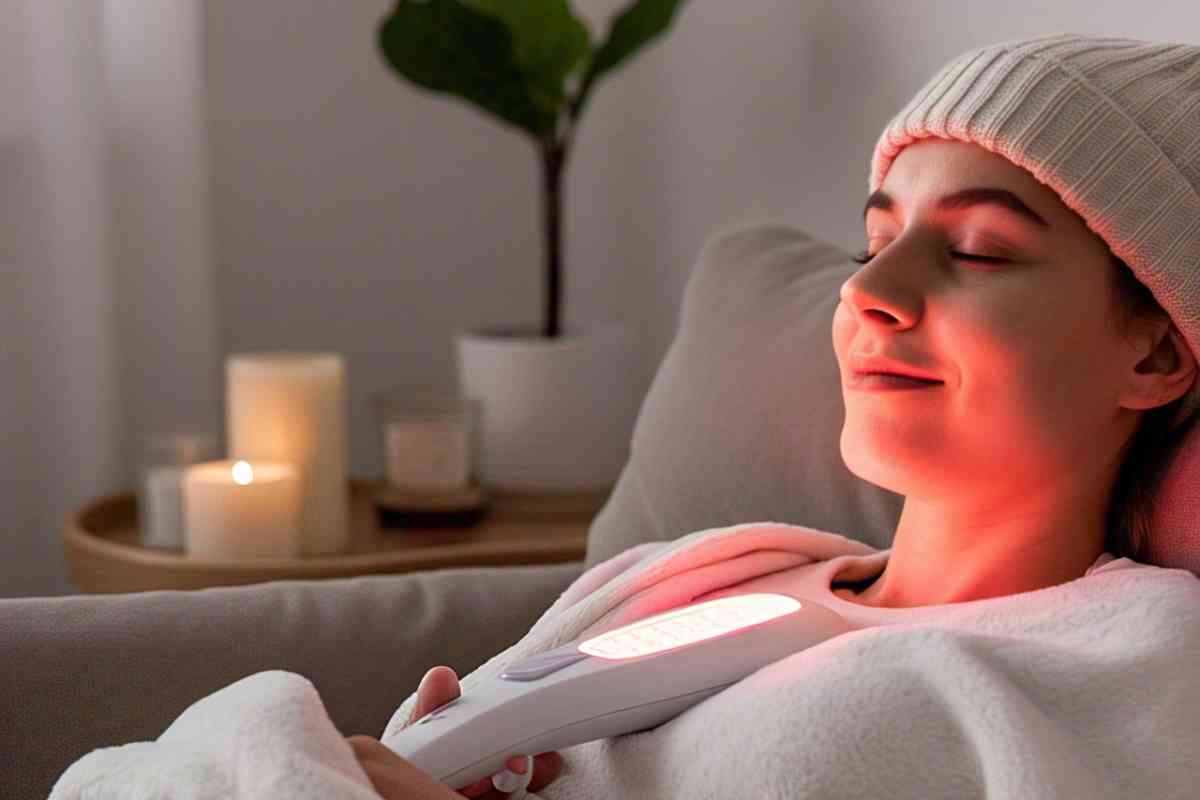
Tingling lips, painful blisters, and crusty sores, cold sores are more than just a nuisance.
These tiny, fluid-filled outbreaks caused by the herpes simplex virus can turn everyday moments, like kissing, eating, or smiling, into painful challenges.
Left untreated, they return often and heal slowly. But what if red light therapy could speed healing and reduce outbreaks? Let’s explore the science behind the buzz.
Table of contents
Key Takeaways
Start treatment early: Use red light therapy at the first sign of tingling for best results.
Use proper technique: Hold the device close, not touching, and limit sessions to 2–5 minutes.
Be consistent: Daily use speeds healing and may prevent future outbreaks.
Watch for side effects: Overuse or use on active sores can cause irritation.
- Boost overall results: Pair red light therapy with other treatments and avoid sun exposure afterward.

What Are Cold Sores and What Causes Them?
According to the Cleveland Clinic , cold sores, also known as fever blisters, are small, painful, fluid-filled blisters that form on or around the lips due to an oral herpes infection caused by the herpes simplex virus (HSV). Once the virus enters the body, it becomes lifelong, lying dormant in nerve cells and reactivating periodically, especially during times of stress or illness.
The most common causes of cold sore outbreaks include:
HSV-1 infection: The leading cause of oral herpes, typically acquired in childhood.
Stress and illness: These weaken the immune system, making reactivation more likely.
Sun exposure: UV rays can trigger outbreaks, especially on unprotected lips.
Hormonal changes: Fluctuations during menstruation or pregnancy can prompt flare-ups.
Trauma to the skin: Cuts or irritation near the mouth may trigger a sore.
Fatigue or lack of sleep: Compromised rest can impair immune defense.
Cold sores can interfere with daily life, making eating, speaking, and socializing uncomfortable or even embarrassing. Fortunately, antiviral creams or oral medications can reduce symptoms and healing time. For frequent outbreaks, suppressive therapy may help. By identifying triggers and using protective measures like lip balm with SPF, many people find relief. With the right approach, cold sores can become a manageable, rather than disruptive, part of life.
What Triggers Cold Sore Outbreaks?
A Weakened Immune System Allows the Virus to Reactivate Easily
- When your body is weak, the virus wakes up: A weakened immune system makes it easy for the herpes virus to come back. That’s when cold sores show up, usually when your body is already busy fighting something else.
- Getting sick gives the virus a chance to strike: When you're down with a cold, flu, or other infection, your immune system gets distracted. This gives the virus a chance to reactivate and cause a breakout.
- Stress quietly lowers your body’s guard: Even when you don’t feel sick, emotional or physical stress can reduce your immunity. The virus uses this drop in defense to cause a cold sore.
- Weather changes and hormones can catch your body off guard: Cold wind, strong sun, or shifts in hormones might seem minor, but they can wear down your immune system just enough to let the virus resurface.
Stress and Fatigue Can Weaken Your Body’s Defenses, Triggering Cold Sores
- Stress and Fatigue Disrupt the Body’s Defenses: Stress and fatigue can both weaken the immune system, creating an opening for cold sore outbreaks. According to Dr. Marshick, a specialist in critical care, pulmonology, and sleep disorders, these factors either reactivate the herpes simplex virus or reduce your body's ability to control it.
- Cortisol from Stress Can Suppress Your Immune System: When you're stressed, your body releases cortisol, a hormone that can suppress immune function. This suppression gives the herpes virus the chance to resurface and trigger a cold sore.
- Exhaustion Lowers Your Resistance to Cold Sores: Fatigue drains your body's energy and weakens immune response, making it harder to fight off the virus and increasing the chance of an outbreak.
Hormonal Changes During Menstruation, Pregnancy, or Menopause Can Cause Flare-ups
- Hormonal Changes Weaken the Immune System: Fluctuations in hormones, especially during menstruation, pregnancy, or menopause, can weaken the body's immune system, making it easier for cold sores to appear.
- Estrogen Drops Increase Cold Sore Risk: When estrogen drops, it weakens the immune system, increasing the chances of cold sores reactivating during these hormonal changes.
Excessive Sunlight or UV Radiation Irritates the Lips, Reactivating the Virus
Sunlight, particularly UV radiation, is a well-known trigger for cold sore outbreaks. UV rays can irritate the skin on your lips, causing inflammation and triggering the herpes simplex virus.
Even short periods of sun exposure can reactivate the virus in people prone to cold sores.
Physical Trauma to the Lips or Mouth Can Trigger Cold Sore Breakouts
- Injury to the Lips or Mouth Can Activate the Virus: Any injury to the lips or mouth, like a cut or dental procedure, can activate the dormant herpes virus and cause a cold sore outbreak.
- Stress or Trauma to the Lips Can Trigger Cold Sores: Stress or physical trauma to the lips can wake up the herpes simplex virus, causing it to flare up and result in cold sores.
- Dental Procedures and Braces Can Irritate the Lips: Dental procedures or the pressure from braces can irritate the lips enough to trigger the herpes virus, leading to cold sores.
- Lips Are Sensitive and Prone to Cold Sores: The lips are sensitive, so even minor irritation or injury can trigger a cold sore outbreak, especially for those who are prone to them.
Can Red Light Therapy Prevent Cold Sore Outbreaks?
- Red Light Therapy Boosts the Immune System: Red light therapy uses specific light wavelengths that help strengthen the immune system and reduce inflammation, making it harder for cold sore outbreaks to happen.
- Regular Use Reduces Cold Sore Frequency: Using red light therapy on a regular basis can help reduce how often cold sores appear. It's especially beneficial for people who experience frequent outbreaks, acting as a consistent prevention method.

Can Red Light Therapy Stop a Cold Sore from Forming?
- Red Light Therapy Stops Cold Sores Early: Red light therapy can be an effective way to stop a cold sore before it forms, especially if used at the first signs of tingling or itching.
- Helps Reduce Inflammation and Boost Healing: Research shows that red light therapy helps reduce inflammation and boosts healing by stimulating cellular repair, which can prevent the sore from developing.
- Visible Results in Just 1-2 Weeks: Some people begin to notice benefits like reduced inflammation within one to two weeks of regular use, making it a promising option even at the early tingling stage.
Can Red Light Therapy Make Cold Sores Worse?
- Red Light Therapy Can Trigger Cold Sores: Red light therapy can be beneficial for many, but it can trigger a cold sore outbreak, especially in people who are already prone to them.
- Using Red Light Therapy on Active Cold Sores May Make Them Worse: If you have an active cold sore, applying red light therapy could irritate the sore, causing it to worsen or spread.
- Excessive Use of Red Light Therapy Can Intensify Cold Sores: Excessive use of red light therapy on the affected area may intensify the infection, potentially making the cold sore more severe.
Can You Use It During an Active Outbreak?
- Red Light Therapy is Safe During an Active Outbreak: Red light therapy is generally safe to use during an active cold sore outbreak, but it's important to be gentle, especially when treating open sores.
- Early Use Provides Better Results: It works well at both the early and late stages of an outbreak, but it’s most effective when started as soon as symptoms appear.
Are There Side Effects of Using Red Light Therapy for Cold Sores?
- Red light therapy can cause a little skin irritation: If you're using red light therapy for cold sores, you might notice some mild irritation around the sore. This is one of the most common side effects and usually goes away on its own.
- Some people may be more sensitive to the light: If you’re pregnant, have lupus, or take medicines that make your skin sensitive to light, red light therapy could cause stronger irritation and should be avoided.
- A rare allergic reaction is still possible: While it doesn’t happen often, a few people might get an allergic reaction to red light therapy. It’s rare but something to be aware of.
- Using it too much can make your skin feel worse: Red light therapy is generally safe to use on active cold sores, but using it too often can lead to skin discomfort, so it’s best to not overdo it.
What’s the Proper Way to Use Red Light Therapy on a Cold Sore?
Choose a Red Light Device with the Correct Wavelength for Effectiveness
For cold sores, the ideal wavelength falls between 630 and 660 nanometers. This range allows the light to reach the skin cells responsible for healing.
Start Red Light Therapy at the First Sign of Tingling or Discomfort
The best time to use red light therapy is right when you feel that first tingle. Starting therapy early can sometimes stop the sore from forming at all.
If you wait until blisters appear, red light can still help, but results won’t be as quick.
Maintain the Recommended Distance Between the Device and Cold Sore
Most red light therapy devices work best when held about ½ to 1 inch away from the skin.
Holding the device at the correct distance ensures even coverage and deeper absorption.
Limit Each Red Light Session to the Recommended Duration for Safety
Most red light sessions should last between 2 and 5 minutes per area. Overexposing your skin can cause redness or irritation, which defeats the purpose.
Ensure Skin Is Clean and Dry Before Applying Red Light Therapy
Before starting red light therapy, always make sure the area is clean and dry. Dirt, oil, or makeup can block the light from reaching the skin properly.
Commit to Daily Red Light Therapy for Consistent and Faster Healing
Consistency is key. Use red light therapy once or twice a day for best results. Aim for a few minutes per session, staying close but not touching the skin.
Avoid Sun Exposure and Irritants After Treatment to Maximize Results
After red light therapy, your skin is more sensitive. Avoid direct sunlight, as UV rays can undo the healing benefits of the treatment. Also, skip harsh products like strong acne treatments or alcohol-based toners.
Ways Red Light Therapy Help heal Cold Sores
Reduces Inflammation and Swelling Around Cold Sores for Faster Relief
Red light therapy works by increasing circulation and reducing the body’s inflammatory response, leading to faster relief.
Accelerates Healing by Stimulating Skin Repair and Regeneration Process
- Red light speeds up how fast your skin heals itself: Red light therapy helps your body repair damaged skin faster, which shortens the healing time of cold sores by speeding up how your skin naturally regrows.
- It reduces swelling and makes the skin feel calmer: The light helps calm down inflammation around the sore, making the area less red, less painful, and more comfortable while it heals.
- It protects your skin from more damage while healing: By helping your cells release antioxidants, red light therapy shields the skin from further harm caused by the cold sore virus, keeping the area healthier.
- It gives your skin more energy to heal faster: Red light supports the energy-making part of your cells (mitochondria), giving them the power (ATP) they need to rebuild and refresh your skin more quickly and effectively.
Boosts Immune Response Locally to Help Fight the Cold Sore Virus
- Red Light Therapy Boosts Blood Flow to Fight the Virus: Red light therapy increases blood circulation in the affected area, helping immune cells work more effectively to fight the herpes virus. This reduces the duration and severity of cold sore outbreaks.
- Immune Cells Are Activated to Strengthen the Body's Defense: Red light therapy activates key immune cells like macrophages and T-cells near the skin’s surface, boosting the body’s ability to fight the virus and speeding up recovery.
Relieves Pain, Burning, and Itching to Improve Comfort During Outbreaks
The therapy works by promoting better circulation and reducing nerve sensitivity in the affected area, which helps ease painful and itchy symptoms.
By shining Red Light on the targeted muscle for 3-5 minutes before exercise, the effects can last for 3-6 hours, offering prolonged relief during outbreaks.
Prevents Future Cold Sore Outbreaks by Reducing Viral Activity in Skin
Red light therapy helps reduce viral activity in the skin, which makes it harder for cold sores to flare up and supports immune function to limit viral replication.

FAQs
Can Red Light Therapy Help with Cold Sores in Sensitive Areas (e.g., Inside the Mouth or Nose)?
Red light therapy can effectively treat cold sores, even in sensitive areas like inside the mouth and nose. It helps reduce swelling and speeds up healing by increasing blood circulation to the affected area.
How Quickly Can You Expect to See Results from Red Light Therapy for Cold Sores?
When using red light therapy for cold sores, you can start to see improvements within a few days. Typically, cold sores begin to shrink and show noticeable healing within 2 to 3 days after starting treatment.
Is There a Risk of Overuse or Overexposure When Using Red Light Therapy for Cold Sores?
Red light therapy can be helpful for cold sores, but overusing it might worsen your condition. If you use it too frequently, it can irritate the skin around the sore, potentially slowing down the healing process.
Can Red Light Therapy Be Combined with Other Cold Sore Treatments (e.g., Topical Creams or Oral Medications)?
Red light therapy can be safely combined with antiviral creams for cold sores, and many people find it enhances the healing process. It can also improve the absorption of topical treatments and potentially enhance the effectiveness of oral medications.


